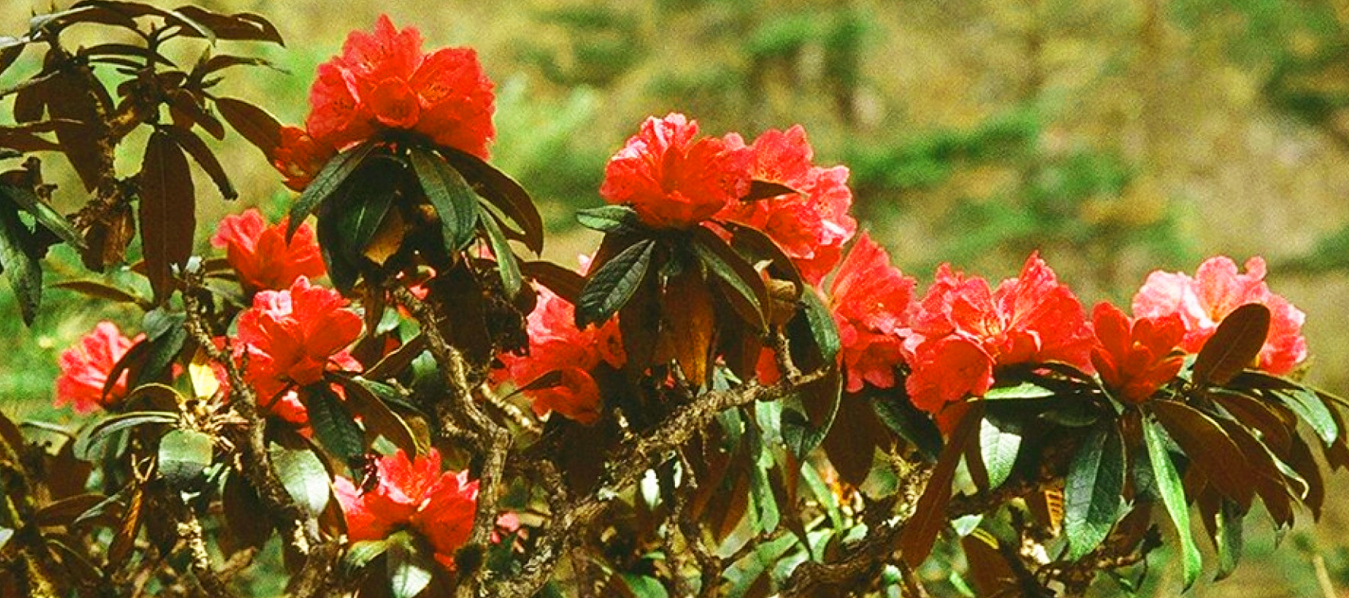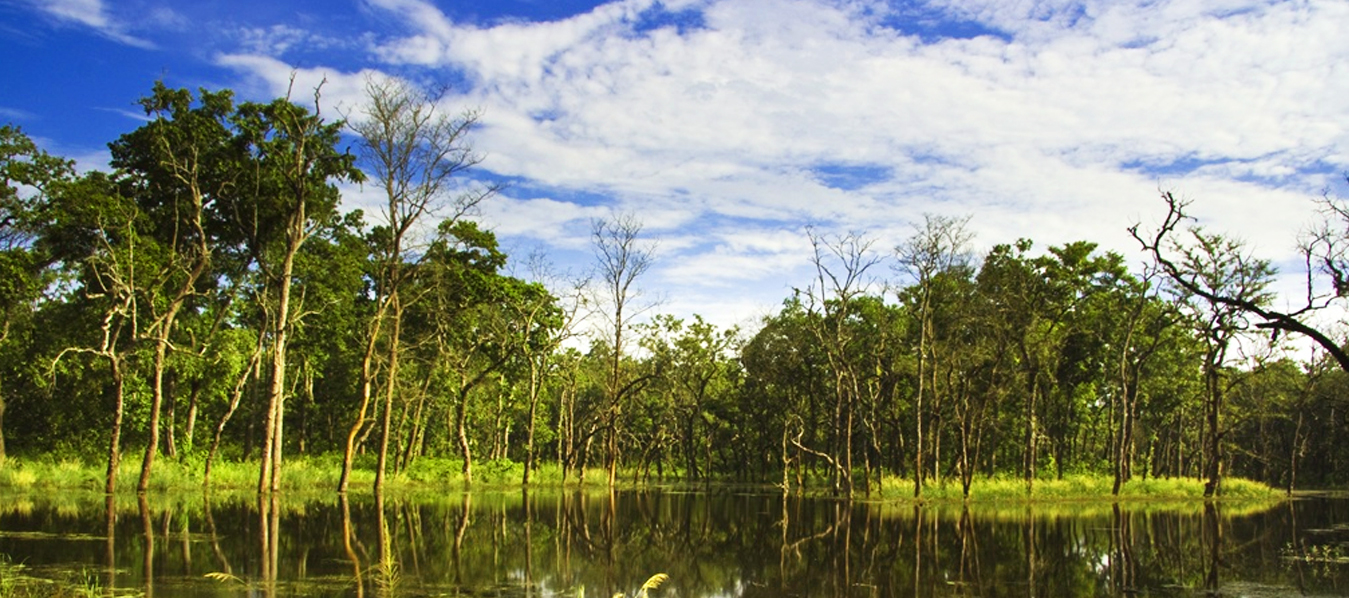Overing an area of 147,181 sq.km, Nepal shares a border with India in the west, south and east and with the Tibetan Autonomous Region of China in the north. Kanchan Kalan in Jhapa district is the lowest point at 70m above sea level and the summit of Mt. Everest at 8,848 m is the highest. From east to west, Nepal is 800 km long and only 230 km. north to south at its widest. Within this narrow stretch of land there is incredible diversity in topography ranging from a sub-tropical climate in the tarai (plains) to Alpine conditions in the Himalayan regions. Mountains, mid hills, valleys, lakes and plains dominate the landscape of this landlocked country. Eight of the fourteen peaks over eight thousand meters lie in Nepal including Everest, the highest in the world.
Nepal also has an abundance of rivers most of which originate in the Himalaya while some flow down from Tibet. They all flow on to India, many of them joining the holy Ganges. High amid the mountains there are glacial lakes and spectacular valleys where few people venture. Recent physiographic data show that around 4.27 million hectares (29 % of total land area) is made up of forests, 1.56 million hectares (10.6%) of scrubland and degraded forest, 1.7 million hectares
(12%) of grassland, 3.0 million hectares (21%) of farmland and 1.0 million hectares (7%) of un-cultivated land.
Climatic conditions within Nepal vary from one place to another in accordance with the geographical features. In the north, summers are cool and winters severe, while in the south summers are sub-tropical and winters mild. The monsoon that brings rain from June through September affects most of the country except those that lie in the rain-shadow areas like Mustang which is within Nepal but a part of the Tibetan plateau. Large tracts of forested land have been preserved as national parks and wildlife reserves where endangered species like the Royal Bengal tiger and the Greater one-horned rhinoceros roam freely along with an amazing variety of mammals and reptiles that include bear, leopards, hyenas, wild boar, wild elephants, monitor lizards, crocodiles, pythons, turtles and various species of insects and birds. Nepal is home to almost 10 percent of the world’s bird species among which 500 species are found in the Kathmandu valley alone.
The most abundant natural resource in Nepal is water. Much of the rivers have been harnessed for hydro-power but they also play a crucial role in tourism as most of them are suitable for adventure sports like kayaking and rafting.
The Himalayas are not merely a source of revenue through mountaineering and trekking, they are also mined for quartz, lignite, copper, cobalt and iron ore. The scenic beauty of the countryside attracts hordes of trekkers while there seems to be an ever increasing number of mountaineers attempting to climb the hundreds of peaks that have been opened for climbing.








